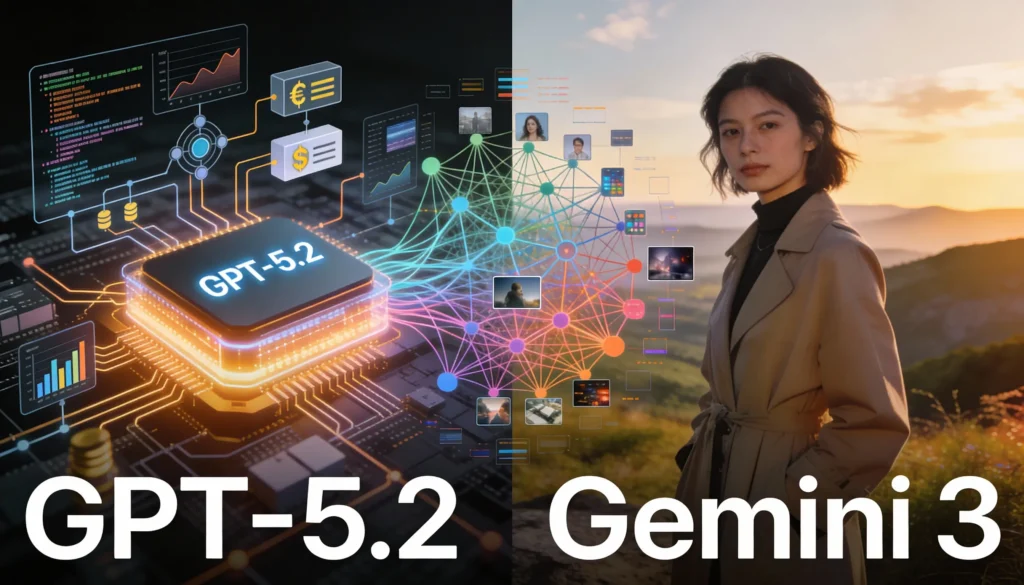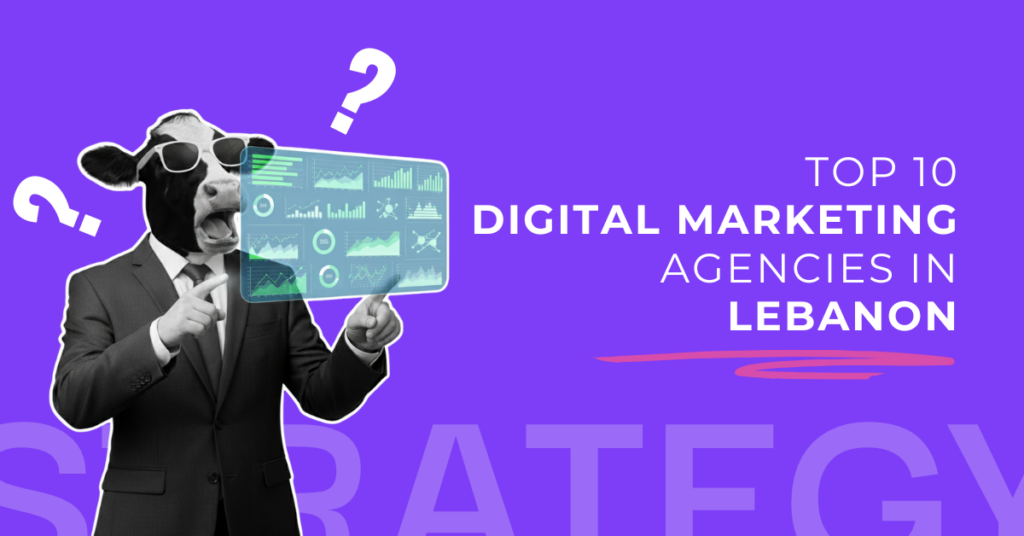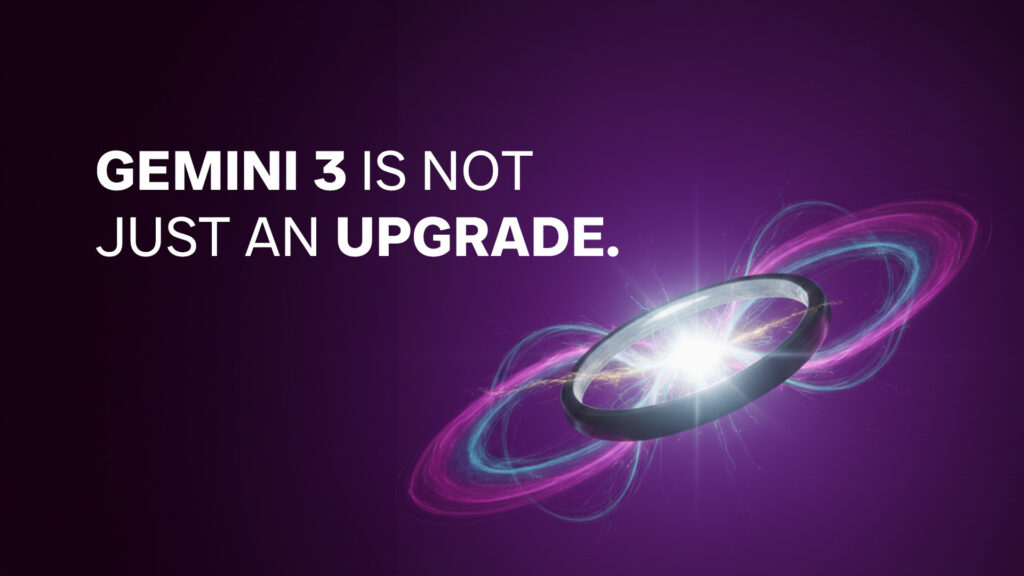Table of Contents
marketing strategy through social media is essential for any business looking to grow online. Whether you’re aiming to increase brand awareness, engage your audience, or drive sales, a well-planned social media marketing strategy can deliver measurable results. This guide will walk you through how to build a strategy that works across platforms like Facebook, Instagram, LinkedIn, and more.
1. Define Your Social Media Marketing Goals
Before launching your social media strategy, set specific goals such as:
- Increase brand awareness : This means getting more people to know about your brand. It’s about making your business visible on social media so more people recognize your name, logo, and what you do. This can include growing your followers, reaching more people with your posts, and getting more shares or mentions.
- Drive qualified traffic : Not all traffic is equal. You want people who are truly interested in your products or services to visit your website. This goal focuses on attracting the right audience—people who are more likely to take action, like signing up or making a purchase.
- Generate leads or conversions : This goal is all about turning your social media audience into potential customers. A lead might be someone who fills out a contact form or subscribes to your newsletter. A conversion could be someone who makes a purchase or signs up for a service.
- Enhance community engagement : Engagement means how much people interact with your content—likes, comments, shares, and direct messages. A strong, active community builds trust and loyalty. This goal focuses on creating conversations and relationships with your audience.
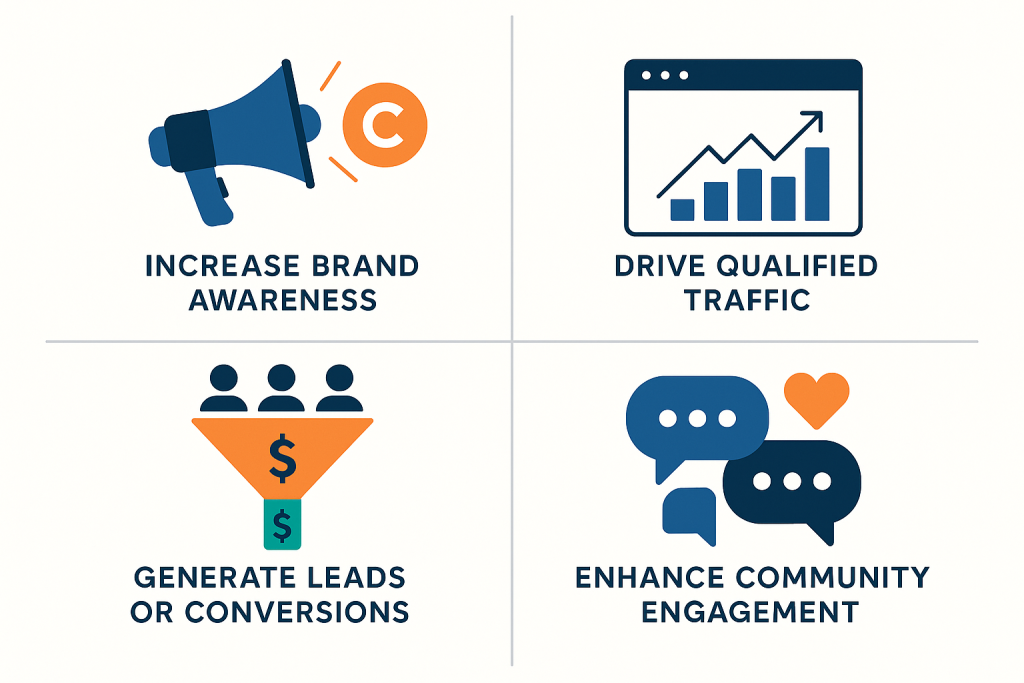
Use the SMART goals framework to keep your objectives focused and achievable.
2. Know Your Audience for Better Social Media Targeting
To succeed in marketing through social media, understand:
- Who your audience is :
Understand the basic details about your ideal customers: age, gender, job, interests, location, and problems they want to solve.
Example:
If you’re selling skincare products, your audience might be women aged 20–40 who are interested in beauty, wellness, and self-care routines. - What platforms they use :
Each age group or audience type tends to use different social platforms. Choose the ones where your target audience is most active.
Example:
If your audience is young adults (18–24), they’re likely spending more time on TikTok and Instagram. If you’re targeting professionals, LinkedIn might be the better choice. - What content resonates with them :
Pay attention to the kind of posts your audience likes, shares, and comments on. Are they into how-to videos, funny memes, customer stories, or behind-the-scenes content?
Example:
If your audience loves DIY projects, create step-by-step video tutorials showing how to use your product in creative ways. If they care about real results, post before-and-after customer photos or testimonials.
Learn more in our guide: Understanding Buyer Personas for Digital Success.
3. Choose the Best Platforms for Your Social Media Strategy
Not every platform fits your goals. For example:
- Instagram – great for visual brands : Instagram is all about eye-catching photos, short videos (like Reels), and visual storytelling. It works best for brands with strong visuals—like fashion, beauty, food, travel, and lifestyle.
- LinkedIn – perfect for B2B marketing : LinkedIn is a professional network, ideal for businesses that sell to other businesses (B2B). It’s great for sharing industry insights, company updates, hiring posts, and networking with professionals.
- TikTok – ideal for younger audiences : TikTok is a fast-paced, video-first platform popular among Gen Z and younger millennials. It’s perfect for fun, creative, and engaging short videos that show personality and trends.
Check out our Social Media Management Services to find your best platform.
4. Craft Engaging Content for Social Media Marketing
Your content marketing strategy should include:
- Educational tips : Share helpful information your audience can use. This builds trust and positions you as an expert in your field.
- User-generated content : Show off content created by your customers—like reviews, photos, or videos featuring your product or service. It’s authentic and builds social proof.
- Polls and giveaways : These encourage followers to interact with your posts and can help grow your audience. Polls are great for quick opinions, and giveaways create excitement.
- Behind-the-scenes storytelling : Let your audience see the human side of your brand—how products are made, team moments, or a day in the life.
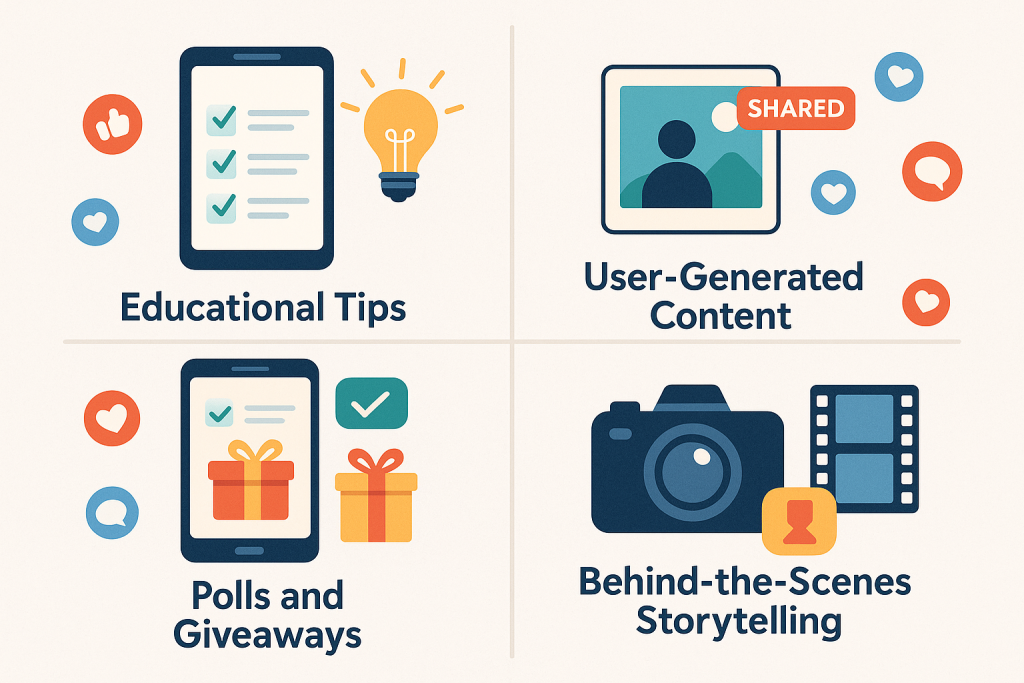
Use a monthly content calendar to stay consistent and organized.
5. Engage Authentically With Your Audience
Engagement drives results. Here’s how to build it:
- Respond to comments and DMs : Don’t leave your followers hanging! When someone takes the time to comment or message you, reply with a helpful or friendly response. It shows that you’re listening.
- Run Instagram Stories Q&As : Use the question sticker in Stories to invite your audience to ask you anything. It’s a great way to get feedback, answer FAQs, or just have fun with your followers.
- Use relevant trends and hashtags : Jumping on trending topics, memes, or challenges (as long as they align with your brand) can help your content reach a wider audience. Hashtags help you get discovered by new people.
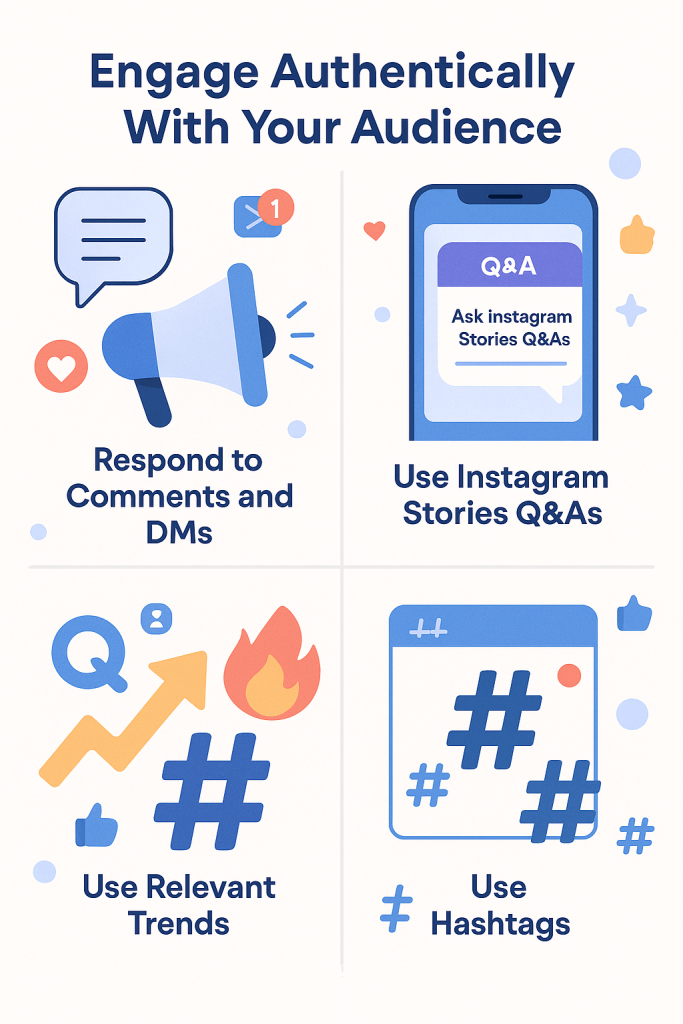
Authentic interaction builds trust and improves algorithm performance.
6. Boost Reach with Paid Social Media Campaigns
Organic reach on social media can only go so far. Paid ads help you get in front of the right people faster, especially when you want to grow your audience, drive traffic, or increase sales.
- Target specific demographics : With paid ads, you can choose exactly who sees your content based on age, location, interests, job titles, and more.
- Retarget site visitors : Ever visited a website and then seen ads for it on Instagram or Facebook? That’s retargeting. It’s a powerful way to bring people back who’ve already shown interest.
- Test creatives and calls to action (CTAs) : Try out different images, headlines, and buttons (like “Shop Now” or “Learn More”) to see what works best. Testing helps you improve your results without wasting your budget.
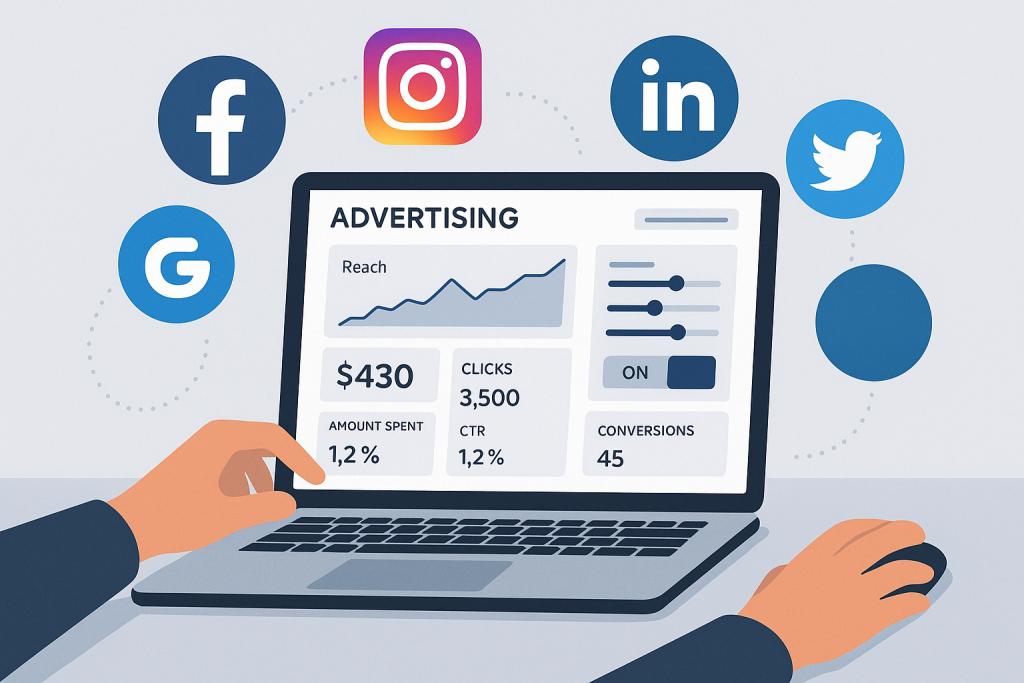
Read more: Paid Ads vs Organic Social Media.
7. Analyze Your Results and Optimize Regularly
Track key performance indicators (KPIs):
- Engagement rate : This shows how much your audience interacts with your content—likes, comments, shares, and saves. A high engagement rate means your content is resonating.
- Click-through rate (CTR) : CTR measures how often people click on a link in your post or ad. It’s a good indicator of how compelling your message or call-to-action (CTA) is.
- Reach and impressions : Reach = the number of unique people who saw your post and Impressions = the total number of times your content was shown (including repeats).
- Conversions : This is the most direct measure of success—how many people took the action you wanted, like signing up, purchasing, or booking a call.
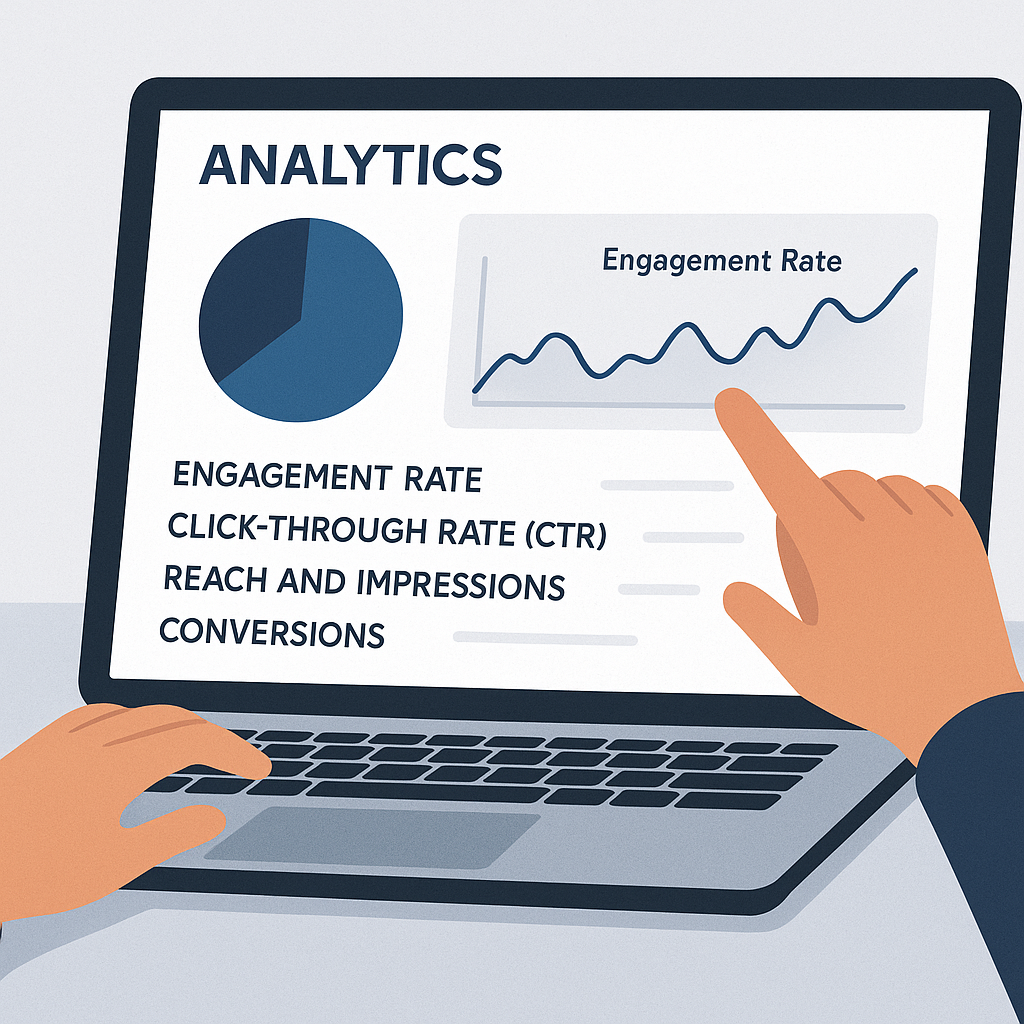
Use tools like Meta Business Suite to refine your strategy.
Final Thoughts: Mastering Marketing Through Social Media
A smart marketing strategy through social media blends planning, creativity, and data. By following these steps, you’ll drive real growth over time.
Need help building your brand? Let’s talk strategy – we’re here to help.


